Your cart is currently empty!
Tag: Cooling
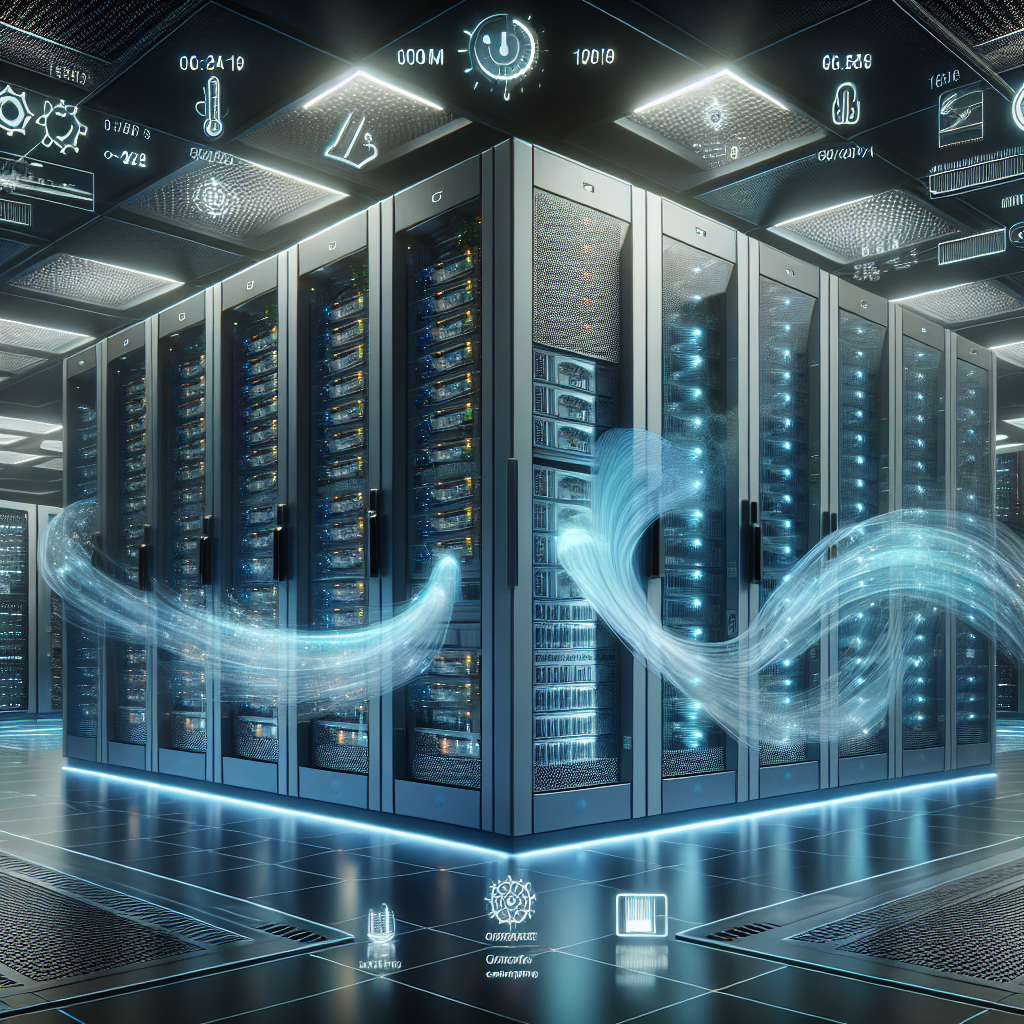
The Future of Data Center Cooling: Trends and Predictions
Data centers are essential for the operation of businesses in the digital age, serving as the backbone of the internet and enabling the storage and processing of vast amounts of data. However, the growing demand for data center services has led to an increase in energy consumption and heat generation, making cooling a critical aspect of data center infrastructure.As data centers continue to evolve and grow in size and complexity, the future of data center cooling is set to undergo significant changes. In this article, we will explore the trends and predictions for the future of data center cooling.
1. Increased focus on energy efficiency
One of the key trends shaping the future of data center cooling is the emphasis on energy efficiency. With data centers consuming massive amounts of energy to power servers and cooling systems, there is a growing need to reduce energy consumption and minimize the environmental impact of data center operations.
To achieve this, data center operators are increasingly adopting innovative cooling technologies such as liquid cooling, direct-to-chip cooling, and intelligent cooling systems that optimize airflow and temperature control. These technologies not only reduce energy consumption but also improve the overall performance and reliability of data center infrastructure.
2. Adoption of sustainable cooling solutions
In line with the focus on energy efficiency, data center operators are also turning towards sustainable cooling solutions to reduce their carbon footprint and minimize the environmental impact of data center operations. Sustainable cooling solutions include the use of renewable energy sources, such as solar or wind power, to power cooling systems, as well as the implementation of water-saving cooling technologies.
Additionally, data center operators are exploring alternative cooling methods, such as free cooling, which utilizes ambient air or water for cooling purposes, reducing the reliance on traditional cooling systems that consume large amounts of energy.
3. Integration of artificial intelligence and machine learning
Another key trend shaping the future of data center cooling is the integration of artificial intelligence (AI) and machine learning technologies. AI-powered cooling systems can analyze data center performance in real-time, predict potential cooling issues, and optimize cooling strategies to improve energy efficiency and reduce operational costs.
By leveraging AI and machine learning, data center operators can achieve greater precision and control over cooling operations, ensuring optimal temperature and airflow management to maintain the performance and reliability of data center infrastructure.
4. Modular and scalable cooling solutions
As data centers continue to scale in size and complexity, the demand for modular and scalable cooling solutions is on the rise. Modular cooling systems allow data center operators to easily expand cooling capacity as needed, without the need for costly and time-consuming infrastructure upgrades.
Additionally, scalable cooling solutions enable data center operators to adapt to changing workload demands and environmental conditions, ensuring optimal cooling performance and energy efficiency at all times.
In conclusion, the future of data center cooling is set to be defined by trends such as energy efficiency, sustainability, AI integration, and scalability. By adopting innovative cooling technologies and strategies, data center operators can enhance the performance, reliability, and sustainability of their data center infrastructure, while reducing energy consumption and operating costs. As data centers continue to evolve, the importance of effective cooling solutions will only grow, making it essential for businesses to stay ahead of the curve and embrace the latest trends in data center cooling.
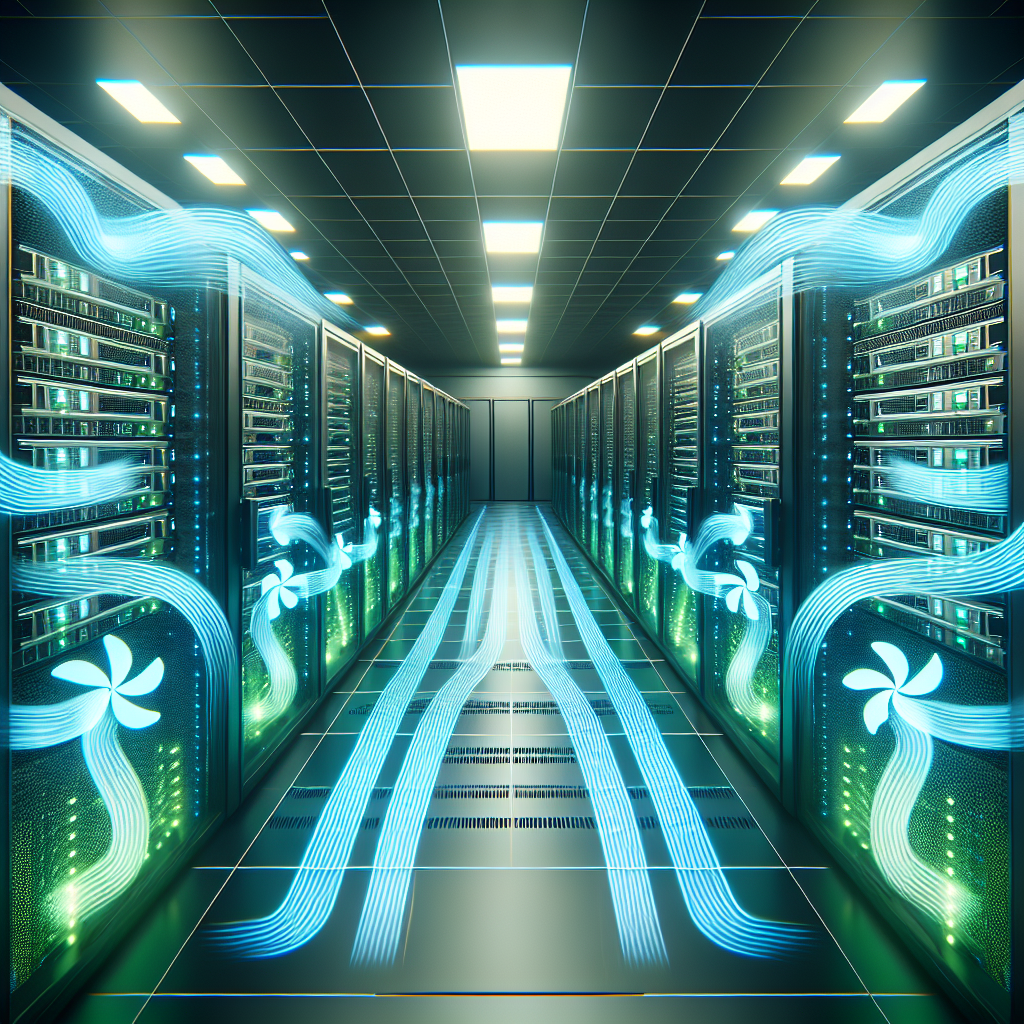
Understanding the Benefits of Precision Cooling in Data Centers
In today’s digital age, data centers play a crucial role in storing and managing vast amounts of information for organizations worldwide. With the increasing demand for data processing and storage, data centers are constantly under pressure to maintain optimal operating conditions to ensure the smooth functioning of servers and other equipment.One critical aspect of data center management is ensuring that the servers and other hardware are kept at the right temperature. This is where precision cooling comes into play. Precision cooling refers to a cooling system that is designed to maintain consistent temperatures within a data center, ensuring that equipment is kept at optimal operating conditions.
There are several benefits to implementing precision cooling in data centers. One of the primary advantages is energy efficiency. Precision cooling systems are designed to deliver the exact amount of cooling needed to keep equipment at the right temperature, reducing energy waste and lowering utility costs. By maintaining consistent temperatures, precision cooling can also help extend the lifespan of servers and other hardware, reducing the need for costly repairs and replacements.
In addition to energy efficiency, precision cooling can also help improve the overall reliability and performance of data center equipment. By keeping servers and other hardware at the right temperature, precision cooling can prevent overheating and reduce the risk of equipment failures. This can help minimize downtime and ensure that data center operations run smoothly.
Another benefit of precision cooling is improved airflow management. Precision cooling systems are designed to deliver cooling where it is needed most, helping to optimize airflow within the data center and prevent hot spots. This can help improve the overall efficiency of the cooling system and ensure that equipment is kept at the right temperature.
Overall, precision cooling is essential for maintaining the optimal operating conditions within a data center. By implementing a precision cooling system, organizations can improve energy efficiency, enhance equipment reliability, and optimize airflow management. In today’s fast-paced digital world, precision cooling is a critical component of data center management that can help ensure the smooth functioning of servers and other equipment.
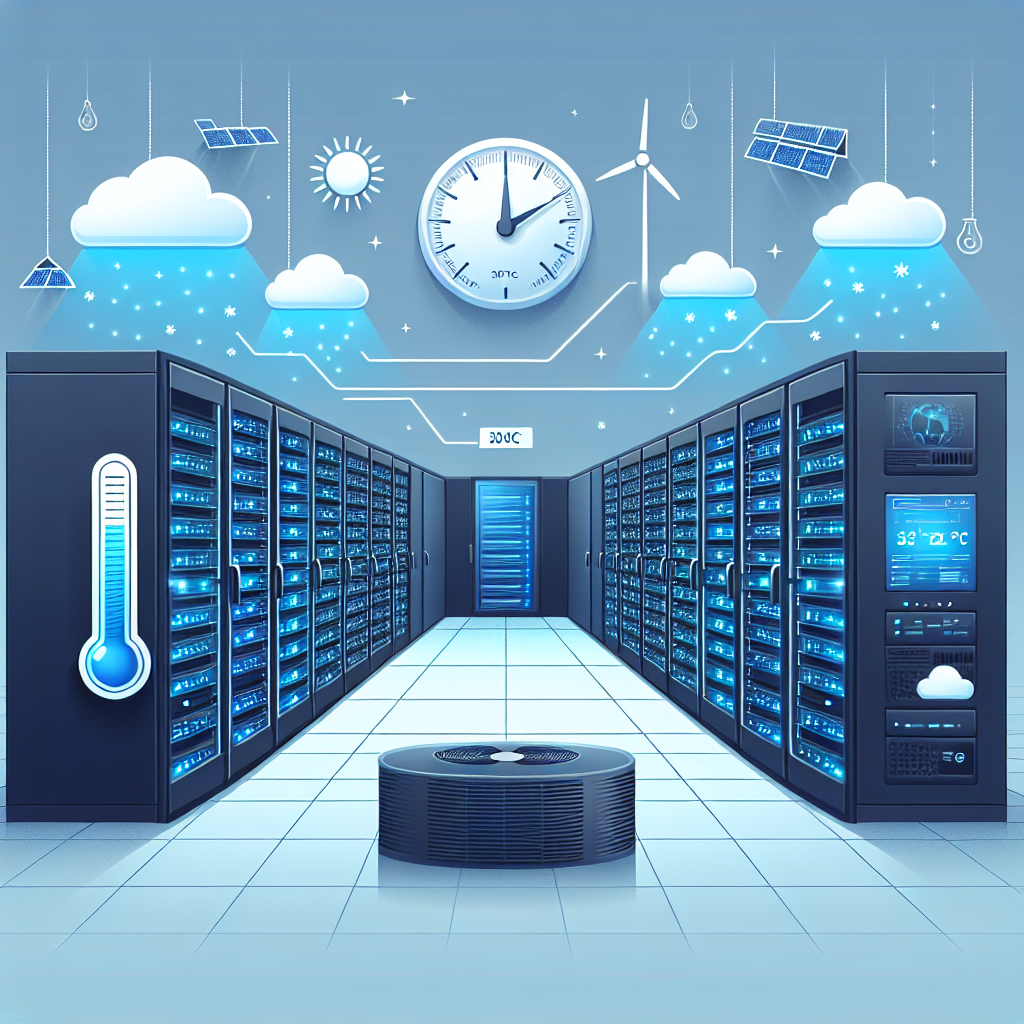
Choosing the Right Cooling Solution for Your Data Center
Data centers are essential for businesses to store and manage their critical information and applications. However, with the increasing demand for data storage and processing power, data centers are generating a significant amount of heat. This heat can damage equipment and lead to system failures if not properly managed.Choosing the right cooling solution for your data center is crucial to ensure that your equipment operates efficiently and effectively. There are several factors to consider when selecting a cooling solution, including the size of your data center, the layout of your equipment, and your budget.
One of the most common cooling solutions for data centers is air conditioning. This method involves circulating cold air through the data center to remove heat generated by the equipment. Air conditioning units can be installed in various configurations, such as overhead units, raised floor units, or wall-mounted units. While air conditioning is effective at maintaining a consistent temperature in the data center, it can be costly to operate and maintain.
Another cooling solution for data centers is liquid cooling. This method involves circulating liquid coolant through pipes or tubes to remove heat from the equipment. Liquid cooling is more efficient than air cooling and can be more cost-effective in the long run. However, liquid cooling systems can be more complex to install and require regular maintenance to ensure proper operation.
In addition to air conditioning and liquid cooling, data centers can also utilize free cooling solutions, such as economizers or evaporative cooling systems. These systems use outside air to cool the data center, reducing energy consumption and operating costs. However, free cooling solutions may not be suitable for all climates and may require additional equipment to filter and regulate outside air.
When choosing a cooling solution for your data center, it is essential to consider the specific needs and requirements of your business. It is recommended to consult with a professional data center cooling specialist to assess your current setup and recommend the best cooling solution for your data center. By selecting the right cooling solution, you can ensure that your equipment operates efficiently and effectively, minimizing the risk of downtime and costly repairs.
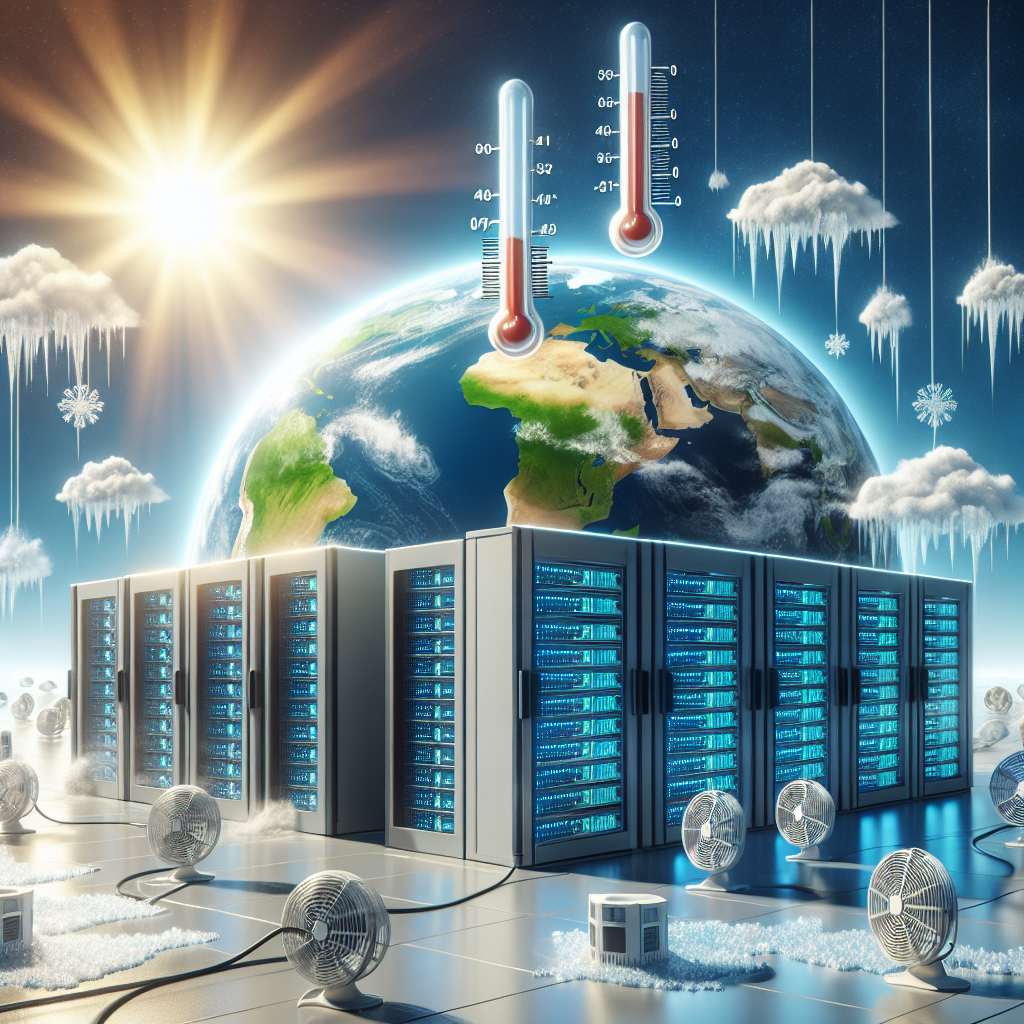
The Impact of Climate Change on Data Center Cooling Strategies
Climate change is a pressing issue that is affecting various aspects of our lives, including the way we cool data centers. As global temperatures rise and extreme weather events become more frequent, data center operators are facing new challenges in managing the cooling of their facilities.One of the key impacts of climate change on data center cooling strategies is the increasing demand for cooling due to rising temperatures. As temperatures continue to climb, data centers are at risk of overheating, which can lead to equipment failures and downtime. In order to prevent this, data center operators must invest in more efficient cooling systems and technologies to keep their facilities at optimal temperatures.
Another impact of climate change on data center cooling strategies is the need for greater energy efficiency. As the demand for cooling increases, data centers are consuming more energy, which contributes to carbon emissions and exacerbates climate change. In response, data center operators are turning to more sustainable cooling solutions, such as using renewable energy sources and implementing green cooling technologies like liquid cooling and free cooling systems.
Furthermore, the unpredictability of weather patterns caused by climate change poses a challenge for data center operators in planning for and managing cooling requirements. Extreme weather events, such as heatwaves, storms, and floods, can disrupt cooling systems and lead to downtime. To mitigate these risks, data center operators are investing in resilient cooling solutions that can withstand extreme weather conditions and ensure uninterrupted operation.
In conclusion, climate change is having a significant impact on data center cooling strategies, necessitating a shift towards more efficient, sustainable, and resilient cooling solutions. Data center operators must adapt to changing environmental conditions and invest in innovative technologies to mitigate the risks posed by climate change and ensure the reliability and efficiency of their facilities. By addressing the challenges posed by climate change, data center operators can play a crucial role in mitigating the effects of global warming and reducing their carbon footprint.
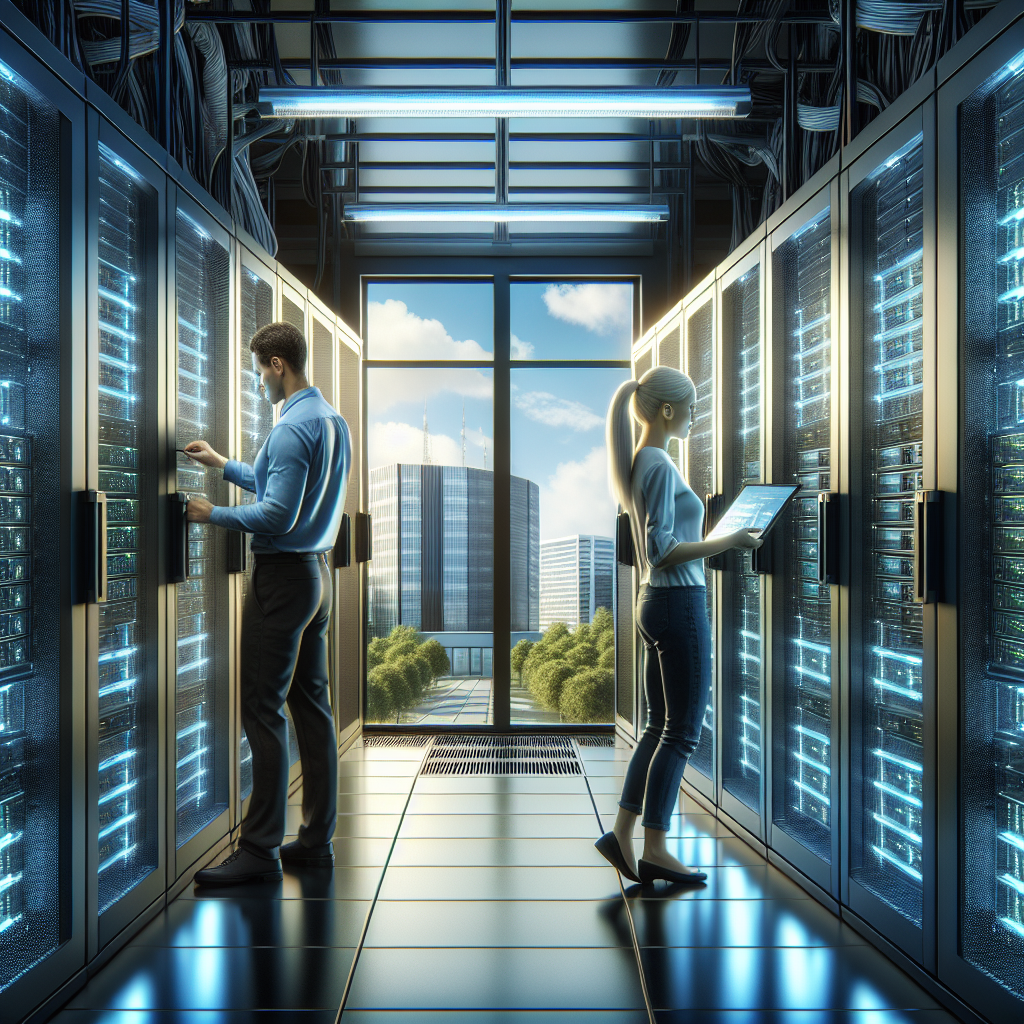
Tips for Reducing Cooling Costs in Your Data Center
Data centers are essential for organizations to store and process large amounts of data. However, they can also be a significant source of high energy costs due to the constant cooling required to maintain optimal operating temperatures for the servers and equipment. Fortunately, there are several tips that data center managers can follow to reduce cooling costs without sacrificing performance or risking equipment failure.1. Optimize airflow management: Proper airflow management is crucial for efficient cooling in a data center. Ensure that air is circulated effectively throughout the facility by using hot aisle/cold aisle containment, sealing gaps and openings in the raised floor, and installing blanking panels to prevent air leaks. This will help to reduce the workload on cooling systems and improve overall efficiency.
2. Use energy-efficient cooling equipment: Invest in energy-efficient cooling equipment such as variable speed fans, economizers, and precision cooling systems. These systems are designed to adjust their output based on the cooling needs of the data center, resulting in lower energy consumption and reduced cooling costs.
3. Implement temperature and humidity controls: Monitoring and controlling temperature and humidity levels in the data center can help to optimize cooling efficiency. Set temperature and humidity set points based on equipment requirements and use sensors to ensure that conditions remain within the specified range. This will prevent overcooling and reduce energy waste.
4. Utilize free cooling options: Take advantage of free cooling options such as air-side economizers or water-side economizers to reduce reliance on mechanical cooling systems. These systems use outside air or water sources to cool the data center when ambient temperatures are lower, thereby reducing energy consumption and operating costs.
5. Regular maintenance and cleaning: Regular maintenance of cooling equipment, such as cleaning air filters, coils, and vents, can help to improve efficiency and prevent breakdowns. Dirty or clogged components can restrict airflow and cause cooling systems to work harder, leading to higher energy consumption. Schedule routine maintenance checks to keep equipment running smoothly and efficiently.
6. Opt for virtualization and consolidation: Virtualization and server consolidation can help to reduce the number of physical servers in the data center, thereby decreasing heat output and cooling requirements. By consolidating workloads onto fewer servers and utilizing virtualization technology, data center managers can optimize resource usage and decrease cooling costs.
By following these tips, data center managers can effectively reduce cooling costs while maintaining optimal operating conditions for their equipment. Implementing energy-efficient practices, optimizing airflow management, and utilizing free cooling options can help to lower energy consumption and reduce operating expenses in the long run. Prioritizing regular maintenance and monitoring temperature and humidity levels are also essential steps to ensure the efficient operation of cooling systems. By taking proactive measures to improve cooling efficiency, data centers can achieve cost savings and contribute to a more sustainable environment.
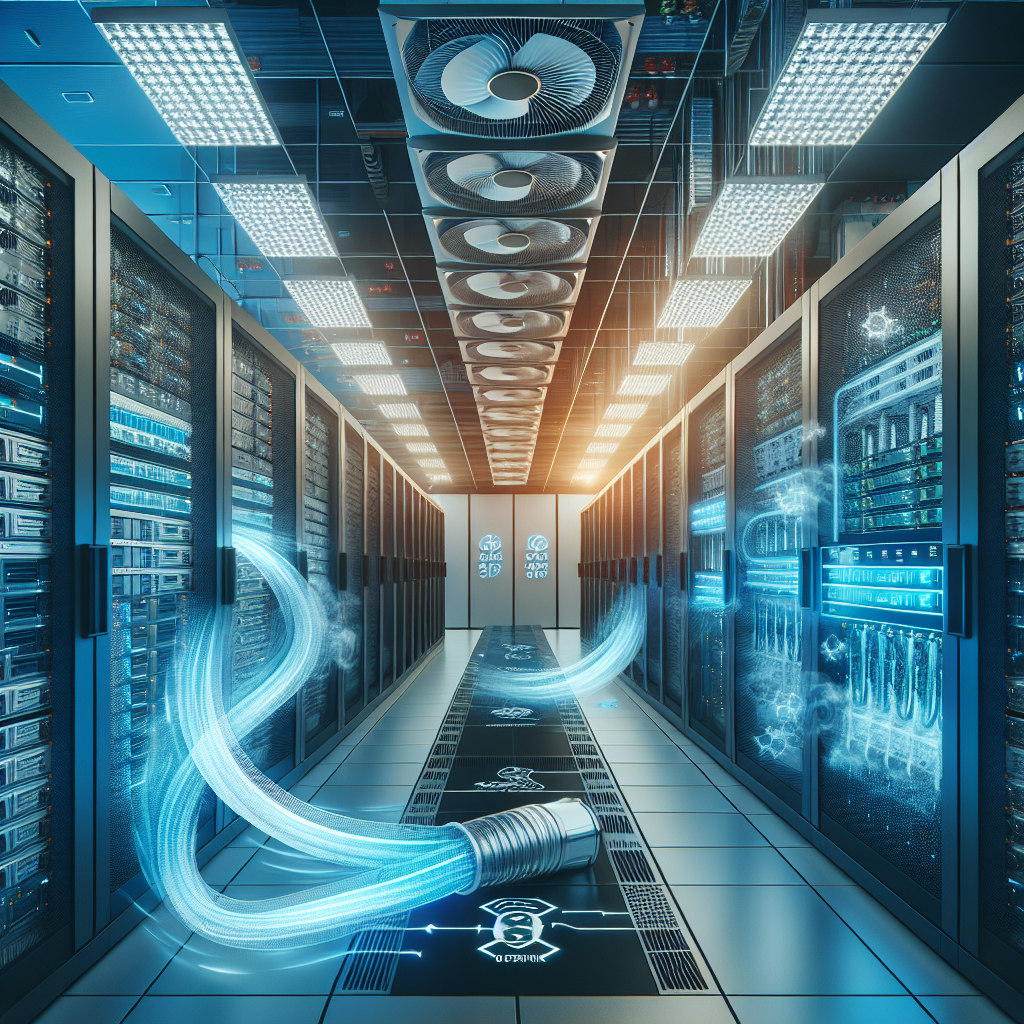
Innovations in Data Center Cooling Technology
Data centers are the backbone of the digital age, housing the servers and equipment that power our online activities and store massive amounts of data. With the increasing demand for data storage and processing, data center cooling technology has become a critical aspect of ensuring these facilities operate efficiently and effectively.Traditionally, data centers have relied on air conditioning systems to cool the servers and equipment housed within them. However, as data centers have grown in size and complexity, this method of cooling has become increasingly inefficient and expensive. In recent years, there have been a number of innovations in data center cooling technology that aim to address these challenges and provide more sustainable and cost-effective solutions.
One of the key innovations in data center cooling technology is the use of liquid cooling systems. Liquid cooling involves circulating coolant through a closed loop system to absorb heat from the servers and equipment. This method is much more efficient than traditional air cooling, as liquids are better at transferring heat than air. Liquid cooling systems can also be more compact and require less energy to operate, making them a more sustainable option for data centers.
Another innovation in data center cooling technology is the use of hot aisle/cold aisle containment systems. This design involves separating the hot and cold air streams within the data center, creating a more efficient cooling system. By containing the hot air generated by the servers and equipment in a designated aisle, cold air can be directed more effectively to where it is needed, reducing energy consumption and improving cooling efficiency.
In addition to liquid cooling and containment systems, data centers are also exploring the use of innovative cooling technologies such as direct-to-chip cooling and immersion cooling. Direct-to-chip cooling involves placing cooling systems directly on the processors of the servers, allowing for more precise and efficient cooling. Immersion cooling, on the other hand, involves submerging servers in a non-conductive liquid coolant, which can offer even greater cooling efficiency than traditional systems.
Overall, these innovations in data center cooling technology are helping to create more efficient and sustainable solutions for cooling the servers and equipment that power our digital world. By adopting these new technologies, data centers can reduce their energy consumption, lower their operating costs, and minimize their environmental impact. As the demand for data storage and processing continues to grow, these innovations will play a crucial role in ensuring that data centers can continue to meet the needs of the digital age.
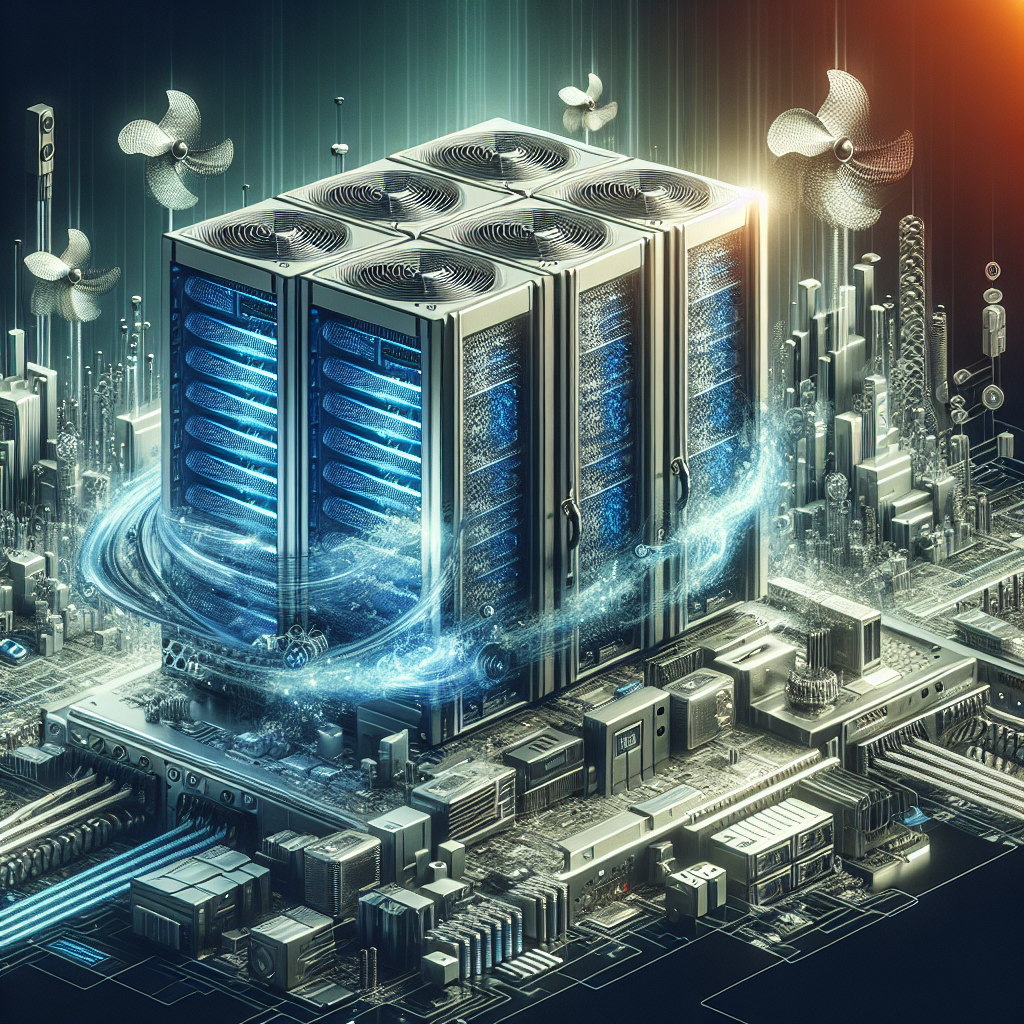
Emerging Technologies in Data Center Cooling
Data centers are the backbone of the digital economy, housing and processing massive amounts of data to keep our online world running smoothly. However, as data centers continue to grow in size and complexity, so does the need for efficient and effective cooling systems to prevent overheating and equipment failure.Traditional methods of data center cooling, such as air conditioning and raised floor cooling systems, are no longer sufficient to meet the demands of today’s high-density server racks. As a result, data center operators are turning to emerging technologies to improve energy efficiency and reduce operational costs.
One such technology is liquid cooling, which involves circulating a coolant directly to the heat-generating components of servers and other equipment. This method is much more efficient than air cooling, as liquids have a higher heat capacity and thermal conductivity than air. Liquid cooling can also be more cost-effective in the long run, as it requires less energy to operate and can extend the lifespan of servers by keeping them at optimal operating temperatures.
Another emerging technology in data center cooling is the use of heat exchangers to capture and reuse the waste heat generated by servers. By capturing this heat and using it to warm other areas of the facility, data centers can reduce their overall energy consumption and carbon footprint. This approach, known as “waste heat recovery,” has the potential to significantly improve the sustainability of data centers and reduce their environmental impact.
Furthermore, advancements in artificial intelligence and machine learning are also being used to optimize data center cooling systems. By analyzing real-time data on server temperatures, airflow, and humidity levels, AI algorithms can dynamically adjust cooling settings to maximize efficiency and minimize energy consumption. This proactive approach to cooling management can help data center operators prevent overheating and equipment failures before they occur, saving time and money in the long run.
Overall, the adoption of emerging technologies in data center cooling is essential to meet the growing demands of the digital economy while reducing energy consumption and environmental impact. By investing in innovative cooling solutions, data center operators can ensure the reliability and efficiency of their facilities for years to come.
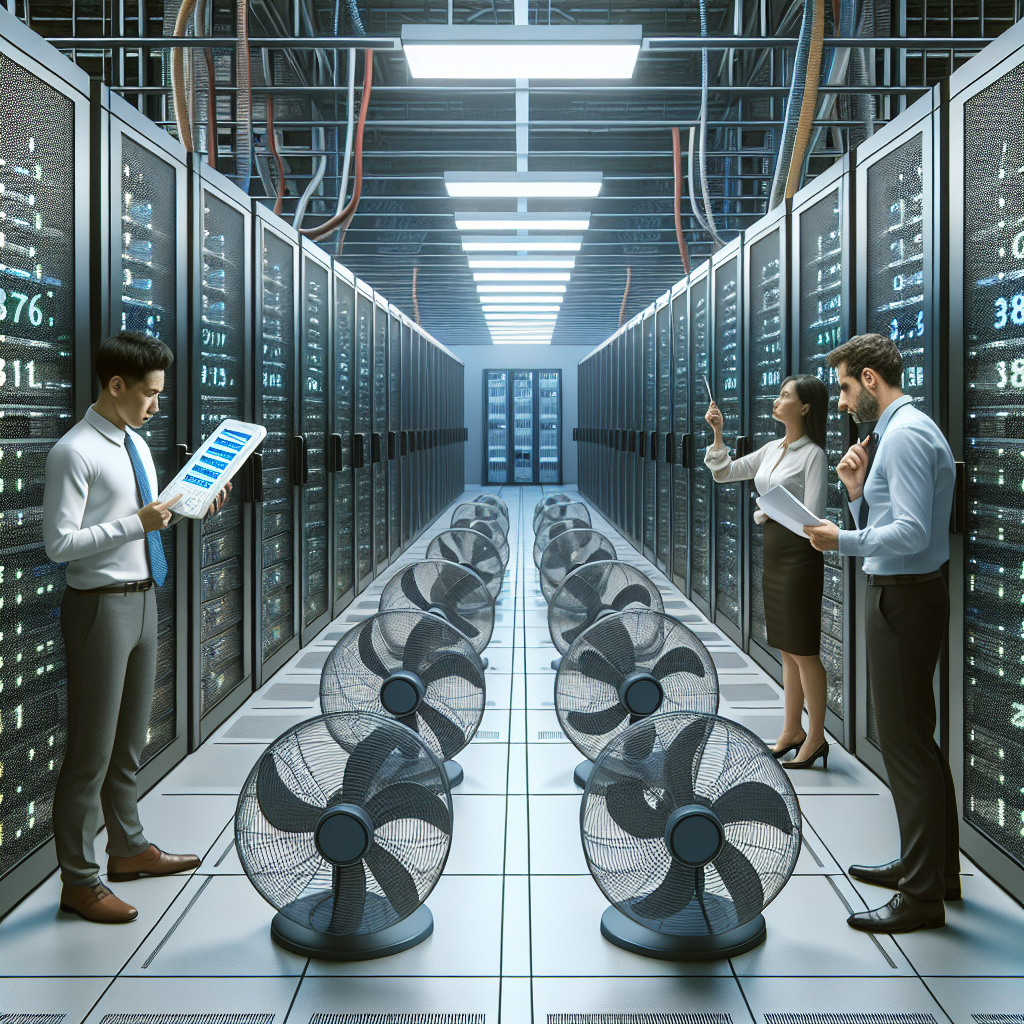
Data Center Cooling Problems: Troubleshooting Tips for Keeping Your Servers Running Cool
Data centers are the backbone of modern businesses, housing the servers and storage systems that keep operations running smoothly. However, one of the biggest challenges faced by data center managers is keeping these systems cool. Overheating can lead to system failures, downtime, and even permanent damage to hardware. In this article, we will explore some common data center cooling problems and provide troubleshooting tips to help keep your servers running cool.One of the most common cooling problems in data centers is inadequate airflow. When servers are packed tightly together in a rack, airflow can be restricted, leading to hot spots and uneven cooling. To combat this issue, make sure that servers are properly spaced apart to allow for adequate airflow. Additionally, consider installing blanking panels in empty rack spaces to direct airflow where it is needed most.
Another common issue is dirty air filters. Over time, dust and debris can build up on air filters, reducing their effectiveness and causing servers to overheat. Regularly inspect and clean air filters to ensure that they are free of dirt and debris. If filters are clogged or damaged, replace them immediately to prevent cooling problems.
Improperly sized cooling systems can also cause issues in data centers. If the cooling system is too small for the size of the data center, it may struggle to keep up with the heat generated by servers. On the other hand, an oversized cooling system can be inefficient and waste energy. Work with a qualified HVAC technician to properly size your cooling system based on the size of your data center and the heat load generated by your servers.
In some cases, data center cooling problems may be caused by issues with the building’s HVAC system. Poor insulation, leaky ducts, or malfunctioning equipment can all contribute to inadequate cooling in the data center. Regularly inspect and maintain the HVAC system to ensure that it is operating efficiently and effectively.
Monitoring temperature and humidity levels in the data center is essential for preventing cooling problems. Invest in temperature and humidity sensors to keep track of environmental conditions and alert you to any potential issues. In addition, consider implementing a remote monitoring system that can notify you of cooling problems in real-time, allowing you to take action before servers are damaged.
In conclusion, data center cooling problems can have serious consequences for businesses. By understanding common cooling issues and implementing troubleshooting tips, you can keep your servers running cool and prevent downtime. Proper airflow, clean air filters, correctly sized cooling systems, and regular HVAC maintenance are all key components of an effective cooling strategy. By staying vigilant and proactive, you can ensure that your data center remains cool and operational at all times.
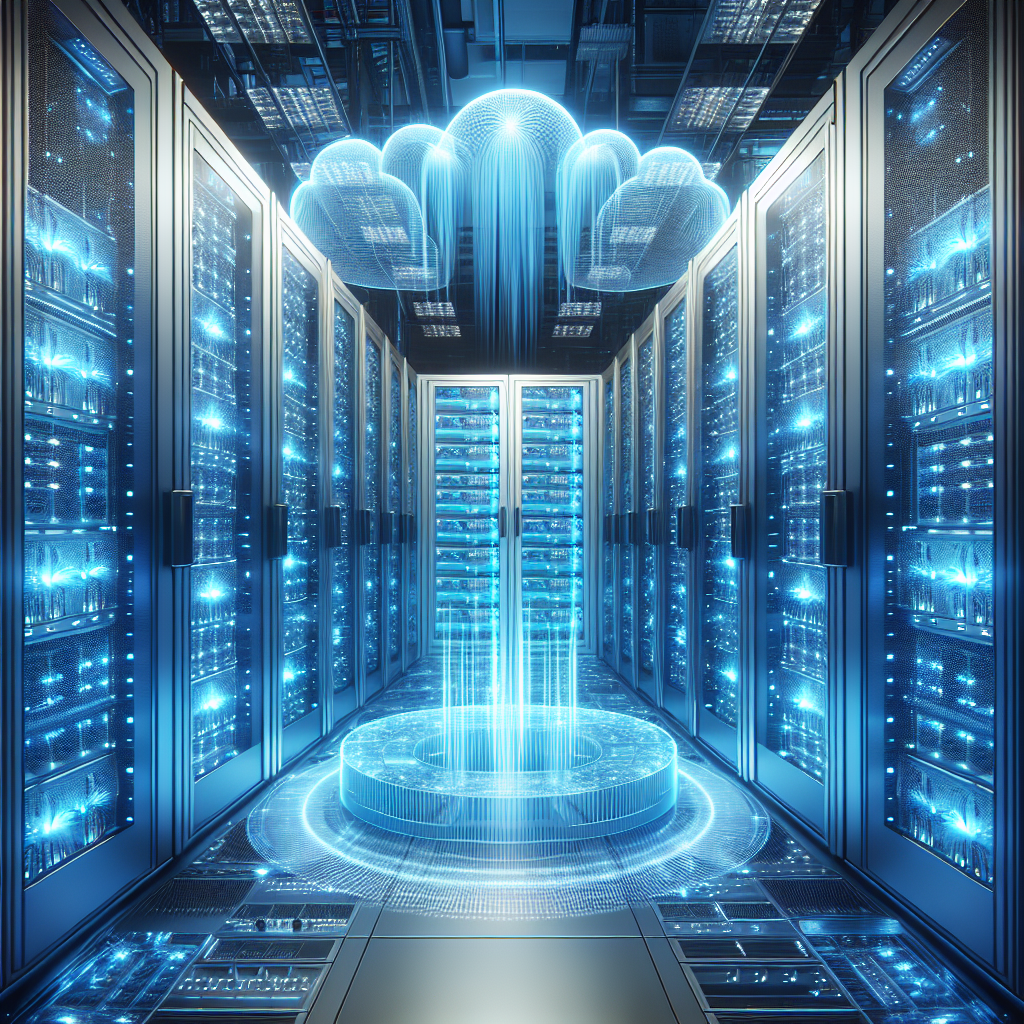
The Role of Data Center Cooling in Ensuring Data Security
Data centers are essential for storing and processing large amounts of data for businesses and organizations. However, data centers generate a significant amount of heat as they work to store and process data, which can pose a threat to the security and integrity of the data being stored. This is where data center cooling plays a crucial role in ensuring data security.Data center cooling systems are designed to regulate the temperature and humidity levels within the data center to maintain optimal operating conditions for the servers and other equipment. By keeping the temperature within a specific range, data center cooling systems help prevent overheating of the servers, which can lead to system failures and data loss.
Maintaining the right temperature within the data center is crucial for ensuring data security. High temperatures can cause hardware failures, leading to potential data loss or corruption. In addition, overheating can also increase the risk of fire, which can result in catastrophic data loss and damage to the equipment.
Data center cooling systems also help to prevent the formation of condensation within the data center, which can lead to corrosion and damage to the servers and other equipment. By controlling the humidity levels, data center cooling systems protect the equipment from moisture-related issues that can compromise data security.
Furthermore, data center cooling systems play a critical role in ensuring the reliability and performance of the data center. By maintaining the right temperature and humidity levels, cooling systems help to extend the lifespan of the equipment and reduce the risk of downtime, ensuring that data is constantly available and accessible to users.
In conclusion, data center cooling is a vital aspect of data security. By regulating the temperature and humidity levels within the data center, cooling systems help to prevent hardware failures, data loss, and other issues that can compromise the security and integrity of the data being stored. Investing in a reliable and efficient cooling system is essential for businesses and organizations looking to safeguard their data and maintain the optimal performance of their data centers.
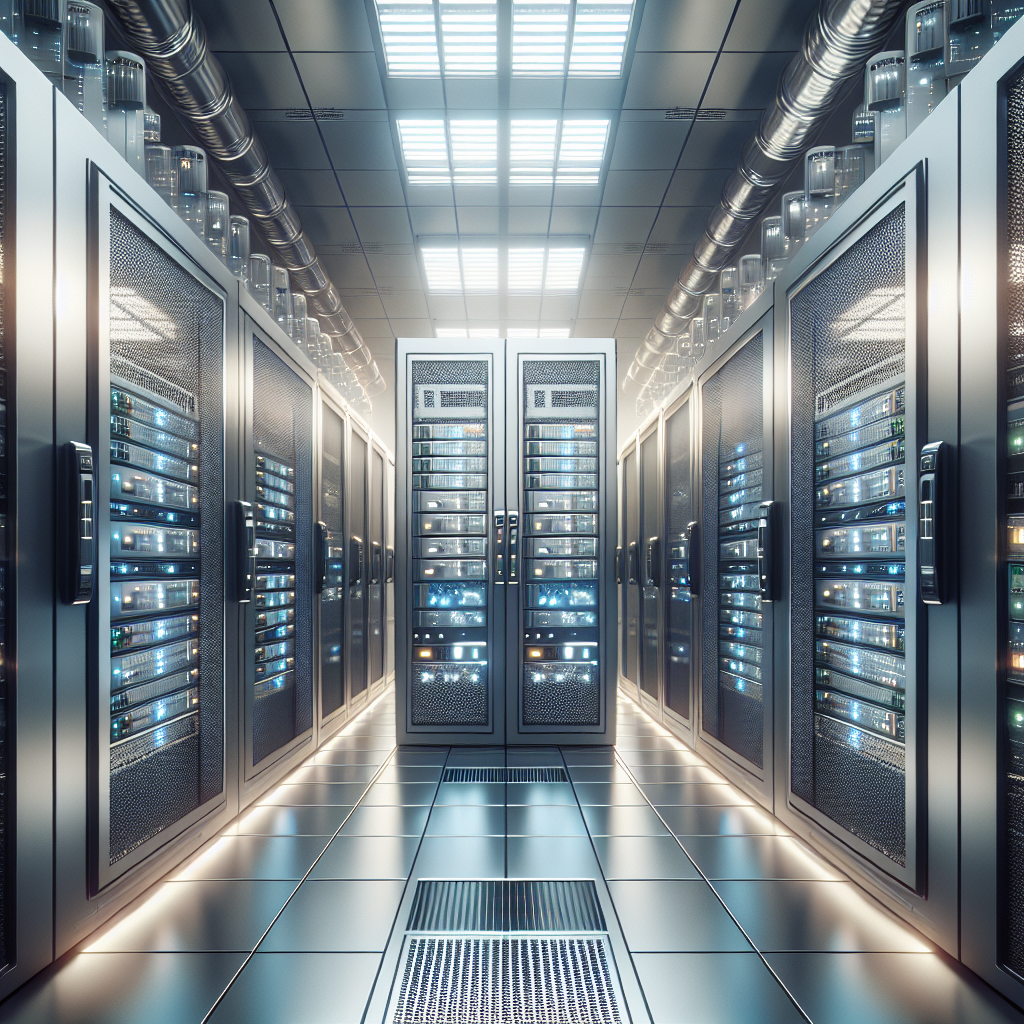
Best Practices for Data Center Cooling Management
In today’s digital age, data centers play a crucial role in storing and managing vast amounts of information for businesses and organizations. With the increasing demand for data storage and processing power, data center cooling management has become a critical aspect of ensuring the efficient operation of these facilities.Proper cooling is essential to prevent overheating of servers and other equipment, which can lead to downtime, reduced performance, and even permanent damage. To ensure optimal cooling efficiency and energy savings, data center managers should implement best practices for cooling management. Here are some key strategies to consider:
1. Hot and Cold Aisle Containment: One of the most effective ways to improve cooling efficiency in a data center is to implement hot and cold aisle containment. By separating hot and cold air streams, this method helps to prevent the mixing of hot and cold air, reducing the workload on cooling systems and improving overall efficiency.
2. Use of Economizers: Economizers are devices that allow data centers to use outside air for cooling when ambient temperatures are low enough. By taking advantage of free cooling, data centers can significantly reduce their energy consumption and lower their cooling costs.
3. Temperature Monitoring and Control: Monitoring the temperature inside the data center is essential for identifying potential cooling issues and ensuring that equipment is operating within safe temperature ranges. Automated temperature control systems can help to adjust cooling levels based on real-time data, ensuring optimal conditions for equipment.
4. Proper Airflow Management: Proper airflow management is crucial for ensuring that cool air reaches all areas of the data center. By using floor tiles, perforated tiles, and blanking panels, data center managers can direct airflow to where it is needed most, improving cooling efficiency and reducing hot spots.
5. Regular Maintenance and Cleaning: Regular maintenance and cleaning of cooling systems, air filters, and equipment are essential for ensuring optimal cooling performance. Dust and debris can accumulate on cooling equipment, reducing efficiency and increasing the risk of overheating. Regular maintenance can help to prevent these issues and prolong the life of cooling systems.
6. Virtualization and Consolidation: Virtualization and consolidation of servers can help to reduce the overall heat load in the data center, making it easier to maintain optimal cooling conditions. By reducing the number of physical servers, data center managers can lower energy consumption and cooling costs.
In conclusion, data center cooling management is a critical aspect of ensuring the efficient operation of data centers. By implementing best practices such as hot and cold aisle containment, economizers, temperature monitoring and control, airflow management, regular maintenance, and virtualization, data center managers can improve cooling efficiency, reduce energy consumption, and lower cooling costs. By prioritizing cooling management, data center managers can ensure that their facilities operate at peak performance while minimizing the risk of downtime and equipment failures.
